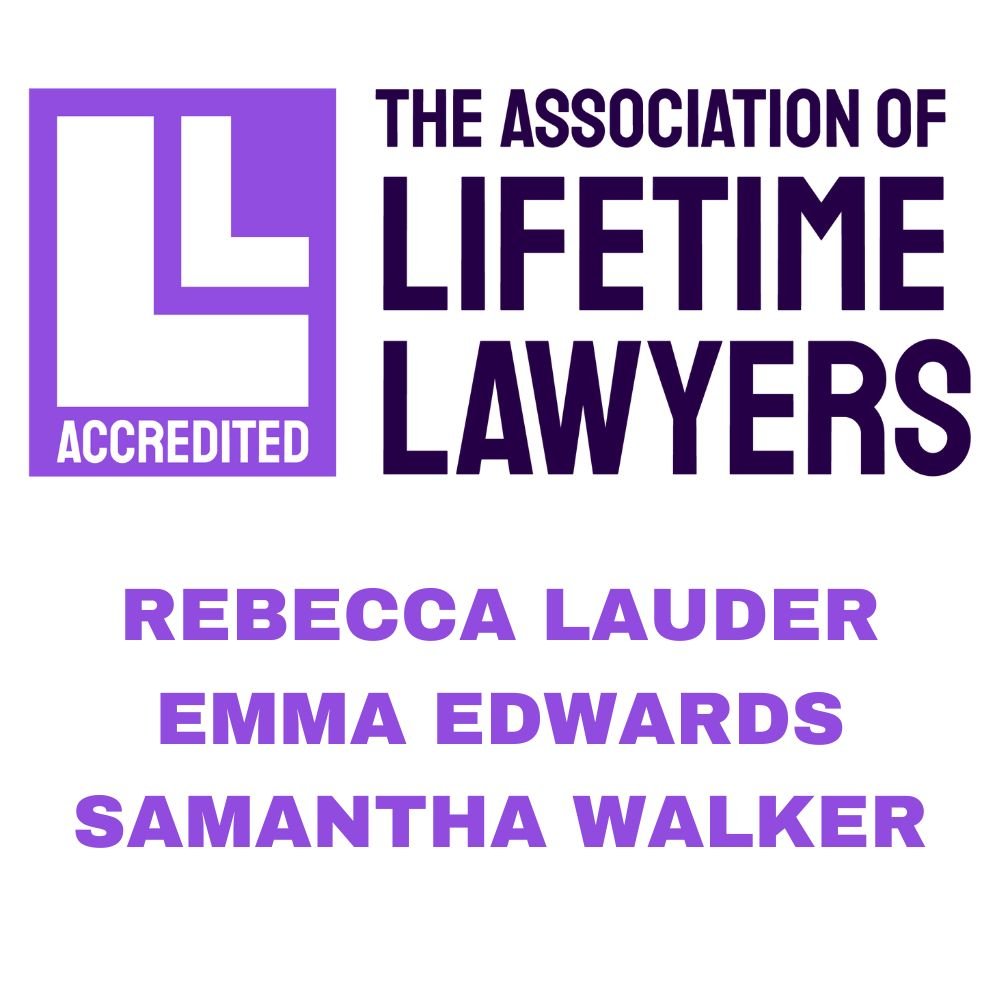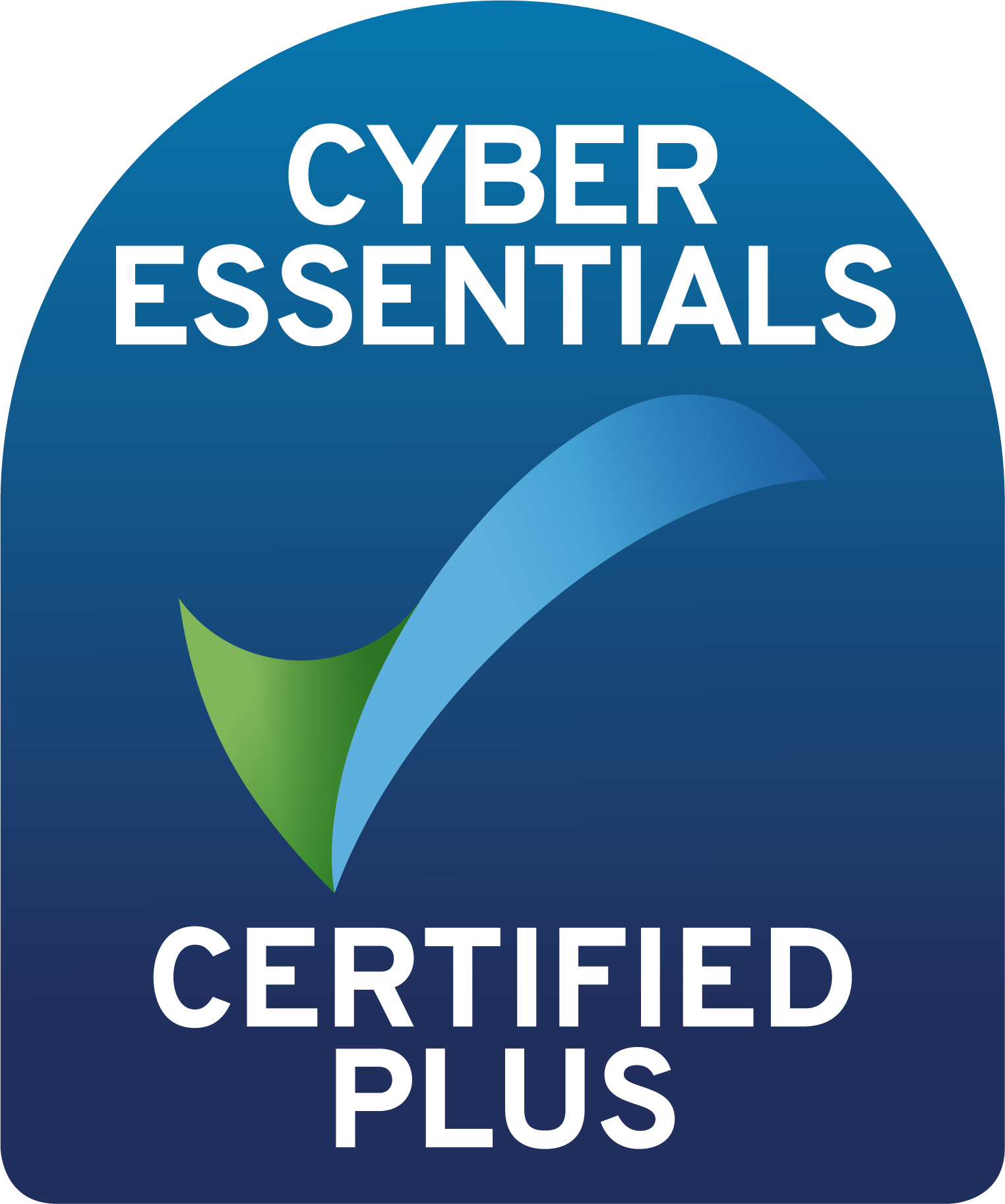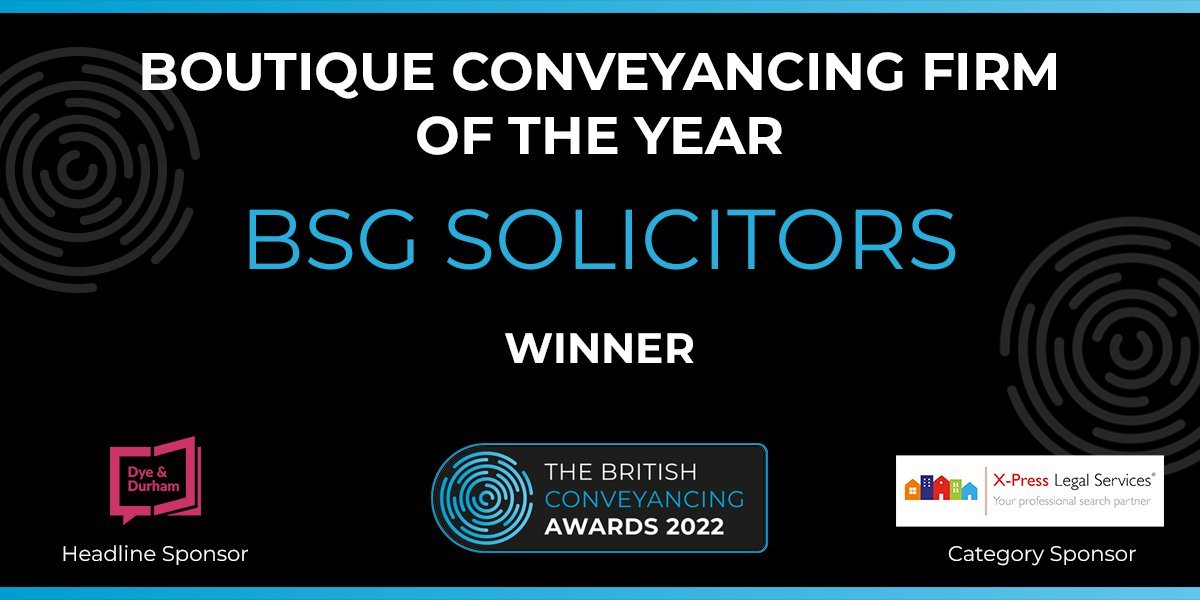Debt recovery is always a challenge, whether you’re a large business with extensive legal resources or a startup. However, although not pleasant, debt recovery is essential, as commercial debts that are left unattended can cripple any business. There are some key considerations to bear in mind where debt recovery is concerned, as well as four important steps that you’ll need to take to get results.
Debt recovery - what to think about
· What do you know about the debtor? Before you take any debt recovery action it’s important to gather as much information as you can about the debtor. Working out how long since the last invoice was unpaid, how much interest is due and who is the key contact will all be important for smooth debt recovery.
· What’s the best way to approach debt recovery? There are lots of factors that could have an influence here, including whether the debtor is a business or an individual, whether you want to preserve the trading relationship and whether the debtor is aware of your payment terms. It’s not always the right approach to begin with a legal letter, sometimes a conversation to clarify what is due is the right first step.
· How much interest are you going to charge? If this isn’t specified in your terms and conditions then the Late Payment of Commercial Debts (Interest) Act 1998 will apply (8% over Bank of England Base Rate).
· Do you want to use a specialist? Some debtors will suddenly be motivated into action if they receive a letter from a solicitor, for example.
Debt recovery – the key steps involved
If you’re going to go through the process of debt recovery then there are a number of key steps to consider.
1. Letter Before Action. A Letter Before Action should set out what is owed and should state how long the debtor has to clear the debt before further action is taken. This is a formal letter that shows intent to take steps to escalate if the debt is not paid promptly.
2. Issuing proceedings. If the Letter Before Action is not replied to, or the response is not satisfactory, then the next step is to issue proceedings with the County Court. Once this is under way, the debtor will receive communication giving them 14 days to settle the debt and pay costs and interest.
3. County Court Judgment (CCJ). If the debt is not paid then the court will record a CCJ that shows the debtor has defaulted. This creates the power to take enforcement action against the debtor and will be recorded on the debtor’s credit file.
4. Enforcement. Once a CCJ has been created then enforcement action can be taken against the debtor. The most appropriate option for enforcement is often a Bailiff or High Court Enforcement Officer – you should not go and attempt to seize goods or collect the debt yourself. The enforcement stage will usually involve either collecting the debt on the doorstep, taking away non-essential possessions to the value of the debt owed, or taking control of those items until the debt is paid.
If you’re about to go through a debt recovery process these are the key considerations and the most essential steps to follow. Legal advice is often essential, particularly if the debt is large or the situation complex.










